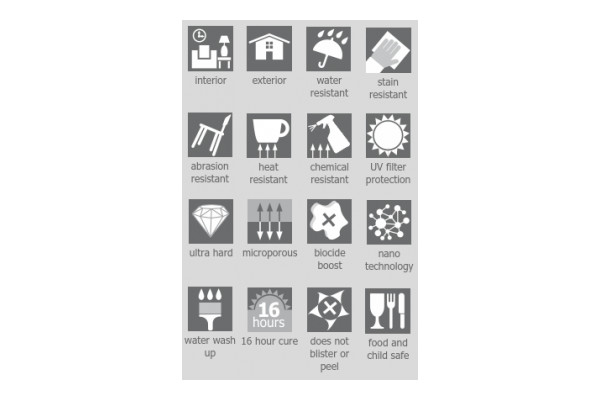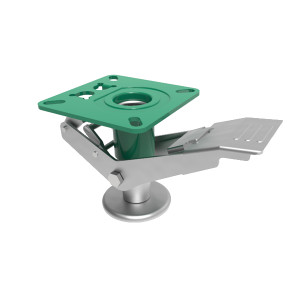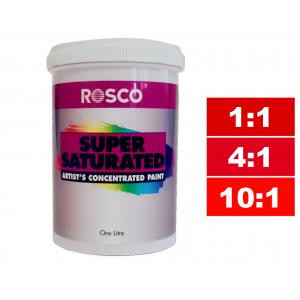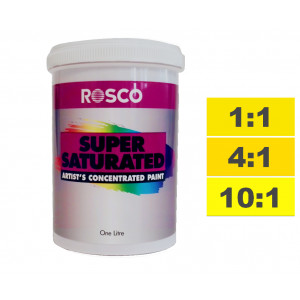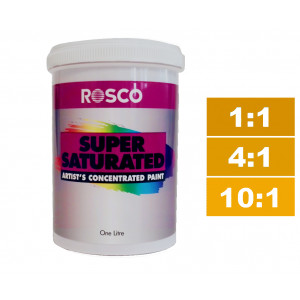The strongest of all ‘one pack’ varnishes that dries in minutes and cures in 16 hours to protect interior and exterior surfaces.
New water-based crosslinked polyurethane with advanced resin technology brings the highest protection single pack ever developed. For the ultimate protection of interior and exterior surfaces to an industrial level of finish. UV blocking and absorption reduce greying, aging and deterioration of surfaces. Biocides protect against mildew, mould and fungus.
Ideal for
- Wood
- Marine
- Worktops
- Doors
- Furniture
- Concrete paving
- Unglazed tiles
- Slate
- Brick
Key Features of Polyvine Heavy Duty Extreme Dead Flat Varnish 1L
Unique qualities
- Dries very fast
- Cures in 16 hours
- High water resistance
- Industrial level of finish
- High resistance to chemicals alcohol and stains
Specifications
At a glance
- Drying time: 30-60 minutes
- Recoat time: 1-2 hours
- During time: Allow 48 hours before heavy use
- Coverage: 10-20 square metres per litre
Application and advice
Surfae Preparation
Building materials: Clean the surface.To ensure that the Polyvine Extreme keys, the surface must firstly be cleansed of all moss, mould, lichen, carbon deposits, oil stains and airborne dirt. Thoroughly wash the paving using a pressure washer, ideally with an output pressure of 2500 to 3000 psi and a spray lance equipped with a “turbo‐jet” nozzle or specialist rotary attachment designed for cleaning paved surfaces. Alternatively, the surface can be cleaned manually with a max strength patio cleaner and a stiff bristle deck scrubbing brush. Allow to dry. After cleaning (once dry) the paving should be thoroughly sprayed with Biocidal Wash Treatment This is applied by low pressure sprayer (as for weed killer etc.) to the entire paving surface and is left to dry out (do not rinse). This is an extremely important phase in the process because it will greatly reduce the possibility of moss or lichens re‐establishing. The pressure washing process leaves the paving looking clean but the moss root systems and mould/lichen spores are still present in hundreds of microscopic crevices and especially in the joints. Spraying the paving ensures that the paving is sanitised and inert.Note: Some paving materials occasionally exhibit corrosive efflorescence (salting) and where this occurs it can cause coatings to de‐laminate.
Timber: Ensure the surface to be coated is clean and free from grease, wax or polish. White spirit or sugar soap should be used as cleaning agents. Sugar soap should be rinsed off well with clean water and allowed to dry. If water has been used on bare wood this would raise the grain. The surface then needs to be sanded and vacuumed before coating. Newly painted wood should first be sanded to provide a key. Extreme Heavy Duty Varnish should not be applied over uncured oil base paint as this may cause discoloration. Older painted wood, where the paint itself may fail, should be stripped using a hot air gun or a chemical paint stripper, sanded and cleaned prior to coating. When applied over an emulsion/latex paint, it is possible that Extreme Heavy Duty Varnish can draw certain stains through the paint which were not otherwise visible. In this case a stain sealer should be used.
Oily Hardwoods (Iroko) and Oak: The open grain texture of Oak will cause film failure. Varnishes are prone to failure when applied to Oak externallyand Oily hardwoods like Iroko.
Application
Apply 2 to 3 coats of varnish, with a good quality brush. On new softwood and porous surfaces dilute the first coat 10% with water. Lightly sand wood in between applications to remove any raising of the grain. For a dead flat finish with high durability and stain resistance, apply two coats of satin followed by one of dead flat.
Caution
Always apply to a test area before starting work. Appearance may vary according to the colour and type of wood and the number of coats. Do not apply over uncured oil paints.
Storage
Protect from extremes of temperature during storage and application.
Health, safety and the environment
Non-hazardous. Ensure good ventilation. Keep out of reach of children. Contact with eyes - wash immediately with warm water. Remove excess from tools and mixing vessels before washing in warm soapy water. Do not empty excess into drains or watercourses.


